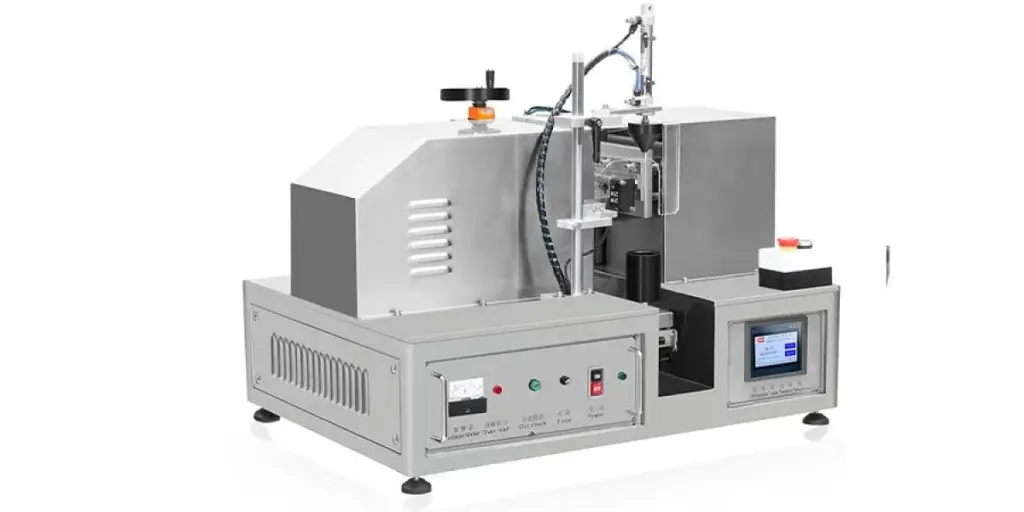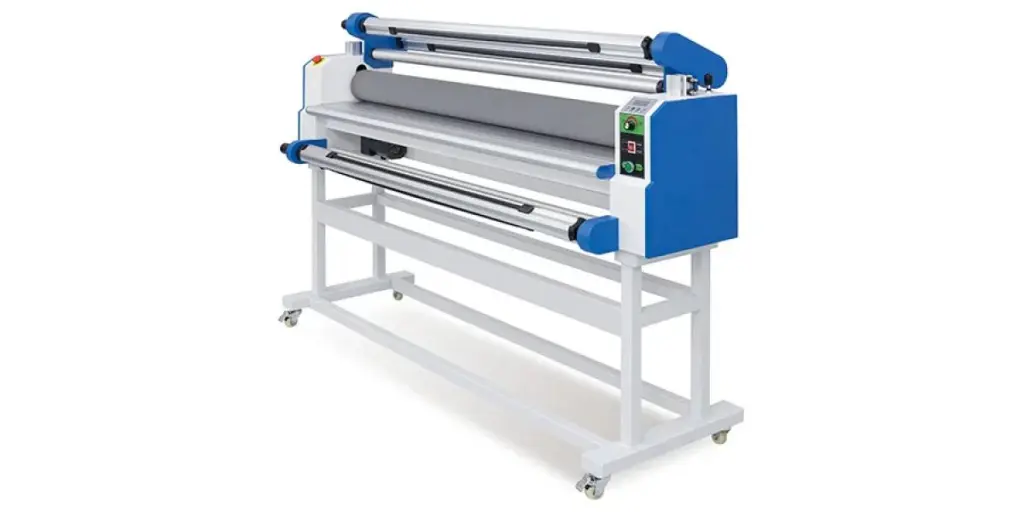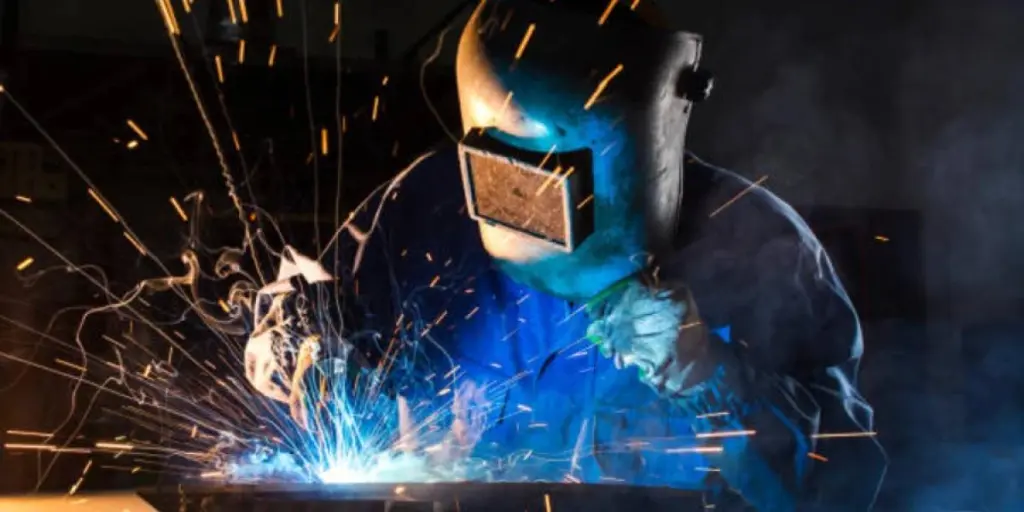Industry experts will stress the importance of filling machines in any manufacturing industry. Filling machines are instrumental in the final stages of manufacturing because they help package the product.
Of equal importance is their maintenance to work long term with minimal breakdowns. This article provides a guideline on how the food and beverage industries should maintain filling machines.
Table of Contents
Why maintaining filling machines is essential
Structure of filling machines
How to maintain filling machines
Final thoughts
Why maintaining filling machines is essential
Maintaining filling machines is essential to guarantee their longevity and efficiency. When filling machines break down, the production process in a factory comes to a halt, and this can lead to massive losses.
Maintenance practices that are well-established and adhere to industry standards help to avoid expensive breakdowns and maintenance costs. This results in a faster and more effective filling, but the automated capping also speeds up production and decreases errors. This degree of automation can also eliminate clogs and microbial contamination, which is critical for maintaining cleanliness and safety.
Maintenance also aids in the early detection of any issues with product filling or parts manufacture that can cause a reduction in production downtime.
By regularly examining the company’s standard operating procedures, operators will have fewer problems with subpar sanitization standards. Machine cleaning downtime will also be less of a problem after the completion of production runs.
Structure of filling machines
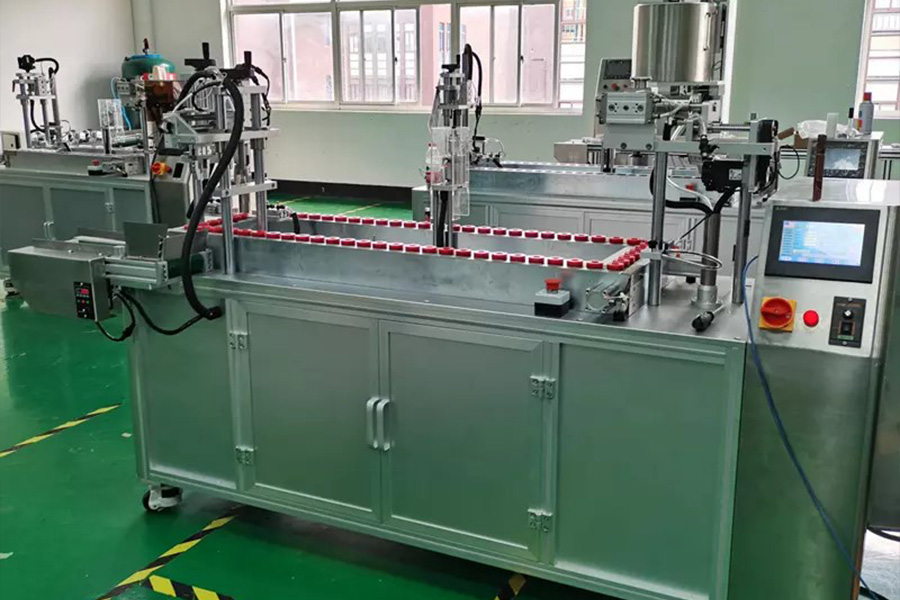
Filling machines are used in a wide range of sectors to fill containers with everything from food and beverages to cosmetics and chemicals. While the design of a filling machine varies based on the product being filled, they all have the same basic structure.
Pump
The pump is at the core of any filling machine, drawing the product from its storage container and delivering it to the fill nozzle.
Fill nozzle
The fill nozzle is designed to prevent dripping and product waste, and it is controlled by a pneumatic or hydraulic cylinder that also controls the product flow.
Filling speed adjustment valve
The filling speed adjustment valve regulates the product flow rate to ensure an accurate and consistent fill.
Conveyor system
The conveyor system moves the containers to be filled under the fill nozzle. The speed of the conveyor is synchronized with the filling speed to ensure a consistent fill. It is typically equipped with a container stop that activates the filling cycle when a container is in position.
The filling cycle is complete once the desired amount of product has been dispensed, and at that moment the next container can be placed into position. Filling machines ensure that products are correctly and efficiently packaged for sale thanks to their basic yet effective design.
How to maintain filling machines
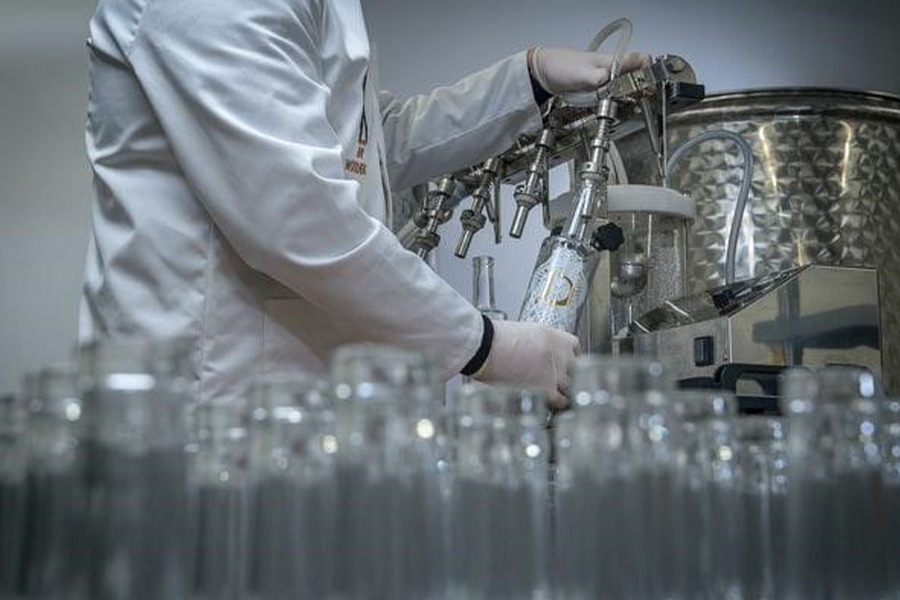
To keep your filling machine running smoothly, it is essential to adhere to the proper maintenance procedures. Some of the maintenance procedures include:
Clean the machine
A manual cleaning process adheres to standard operating standards that focus on routine maintenance checks and sanitation carried out by trained employees. It evidences where cleaning upgrades and service maintenance are needed.
While a cleaning cycle is operating automatically, employees can manually clean separate components, hoses, nozzles, and drip trays.
To aid drainage and minimize excess product caking, keep hoses and attachments coiled rather than dropped on the floor. This also lowers operator component handling, which reduces the risk of cross-contamination.
When switching production lines, operators may need to disassemble the filling lines and heads manually to flush and clean the supply lines.
Clean-in-place (CIP) systems depend more on automation to meet standard sanitation and hygiene requirements in industries where several production lines employ liquid filling machines.
CIP involves sanitizing a filling machine to prevent microbial contamination during the preparation of beverages for human consumption. The CIP process is divided into several steps, the most important of which are as follows:
- Rinse the device with clean hot water to eliminate the majority of particles, flavors, and sugars.
- Circulate hot water at 80°C (with a 1.5 percent caustic soda solution) or pressurized steam at 120°C through the machine.
- Rinse again with hot water.
- Sanitize the machine using steam at 120°C or a 1.5 percent peracetic disinfectant solution in cold water.
Closed filling machines were manually disassembled and cleaned until recently. CIP was an important time-saving technology for companies that needed to clean their equipment regularly.
Drain the materials in the pipe
Drain the materials in the pipe if the filling machine has not been used in a while. Users can also drain it if they want to switch the type or flavor of the product they want to put in the machine so the flavors and colors do not mix. This also aids in the elimination of any residue from the machine.
Lubricate
Clean all areas of the machine’s surface and lubricate each activity department with new lubricating oil. Replace the lubricating oil in the reduction gears once a year, test the chain stiffness, and adjust the tension as needed.
Inspect the water-air filter
It is essential to regularly inspect the water-air filters on filling machines to ensure that they are clean and functioning correctly. Filling machines rely on water-air filters to remove contaminants from the water used to fill the bottles or containers.
If the filters are not clean, the fill quality will suffer, and contamination chances will increase. By inspecting the filters regularly, users can ensure that they are clean and operating correctly. Here is a step-by-step guide to inspecting water-air filters:
- Check the condition of the filter medium. Look out for signs of wear or tear. If the medium is damaged, it will need to be replaced.
- Inspect the filter housing for any cracks or leaks. If there are any leaks in the filter, they will need to be repaired before continuing production.
- Check the O-rings and gaskets for any damage. If they are damaged, they will need to be replaced.
- Inspect the entire system for any other signs of damage or wear. If anything else is damaged, it will need to be repaired or replaced before continuing.
- Once you have inspected everything, clean the filter housing and medium with a mild soap.
Check the filling precision
It is essential to check the filling precision regularly to ensure that the filling machine is accurate. After all, overfilling or underfilling can result in a wasted product, unhappy customers, and decreased profits. To ensure that a filling machine is up to the task, there are a few key things to look for:
- Check the calibration of the machine. This ensures that the device correctly measures the amount of product being dispensed.
- Look at the fill pattern. This will help to know whether the product is evenly distributed within the container.
- Finally, check the speed of the filling process. If the machine is filling too slowly or too quickly, it can disrupt the fill pattern and cause inaccuracies.
By following these steps, manufacturers can ensure that their filling machines are accurately dispensing products and meeting quality standards.
Final thoughts
Filling machines are an essential part of many manufacturing processes. They help companies to accurately and efficiently fill products into containers. To avoid costly breakdowns and reduce production downtime, businesses must invest in the maintenance of their filling machines.
By following the steps above, users can ensure that their filling machine is properly maintained and functioning correctly. This will help to improve the quality of their products and keep their customers happy. For a catalog of filling machines, visit Alibaba.com.
